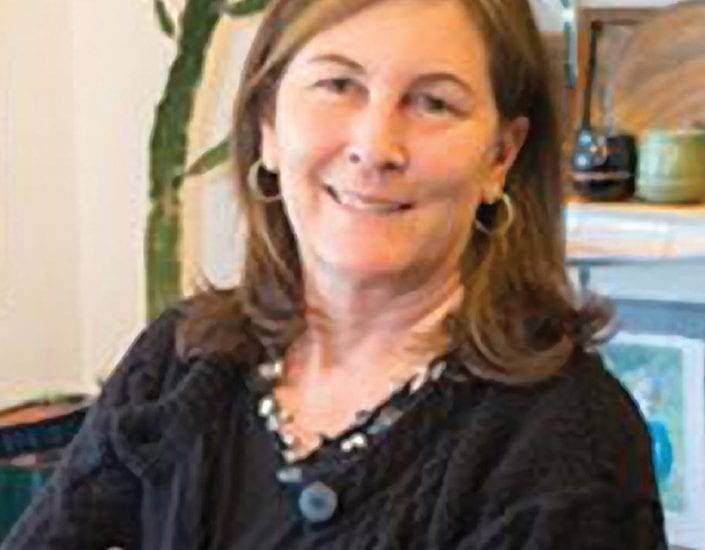
Posted January 23, 2015

Building on its enormously successful “Whole Genome Sequencing” Project, which identified nearly 1,000 new genetic mutations in more than 50 different genes, Cure Alzheimer’s Fund has announced a new, even more ambitious multiyear, $50 million plus program titled “Genes to Therapies” (G2T). Simply put, the new project’s goal is to use the most promising recent genetic discoveries to develop drugs that would stop the disease at three separate stages:
“This is indeed a major challenge,” said Research Consortium Chair Dr. Rudy Tanzi, “but I believe we now have the data, the technology and the funding to take it on.” The first step, he explained, will be to prioritize approximately 15 genes that fit key several key criteria:
G2T will be aided significantly by the recent “Alzheimer’s-in-a-dish” breakthrough by Tanzi and Dr. Doo Kim at Massachusetts General Hospital. Using human brain cells generated from induced pluripotent stem (iPS) cells, Dr. Kim was—for the first time—able to create both the amyloid plaque and neurofibrillary tangle pathology of AD in a Petri dish. This technology will enable much cheaper and faster drug testing.
“Having learned much about the pathway that leads to disease, together with the genes responsible,” said Tanzi, “we now can proceed to look for chemical compounds that correct the defects. In other words, we can try to fix what is broken.”
Genes to Therapies (G2T) Steering Committee
To ensure the success of the G2T program, Cure Alzheimer’s Fund is funding a unique research facilitation process—the “infrastructure” for the project. This involves recruiting four researchers with expertise in specific genes and providing them with the specialty mice and reagents they will need to do their Alzheimer’s investigations relative to their particular genes. Unlike most projects, which require six to nine months’ preparation time before any real research begins, our unique approach will save money and, most importantly, time, allowing our researchers to get started right away.
Working as one, our G2T Steering Committee’s ultimate goal is to develop effective drug therapies at three different points in the pathological cascade of the disease to prevent, inhibit and cure Alzheimer’s.
Click here for a quick look at each of the players.